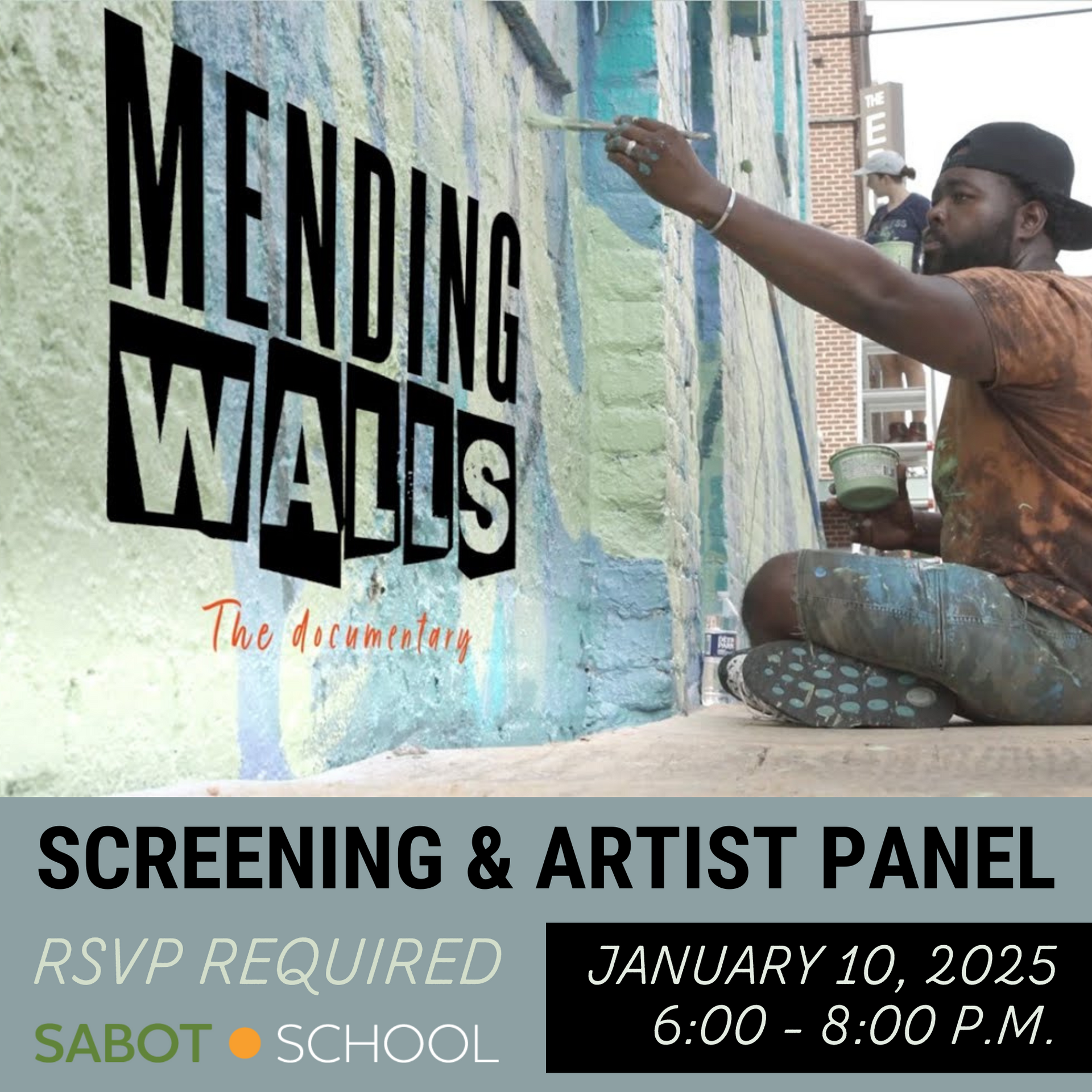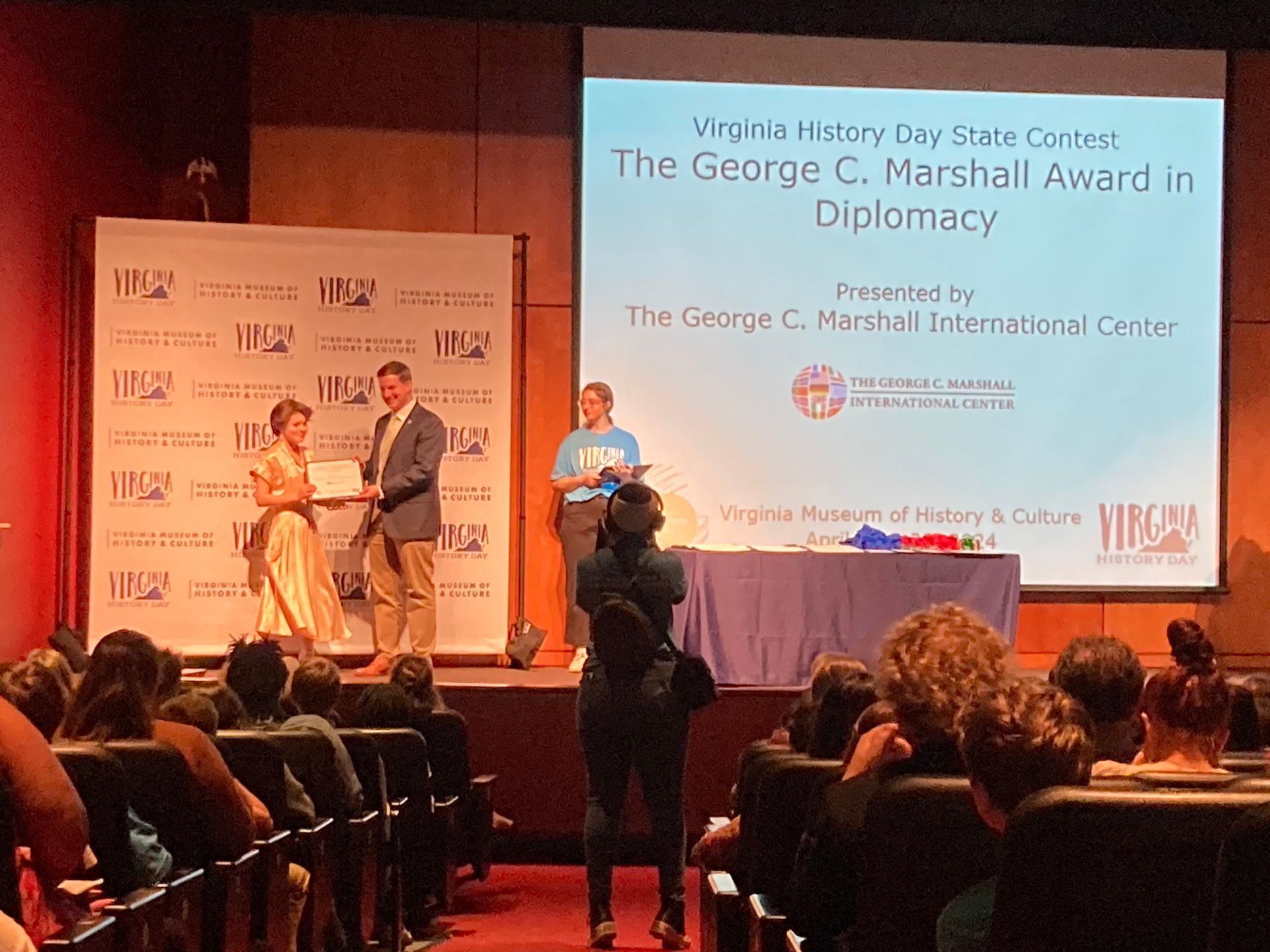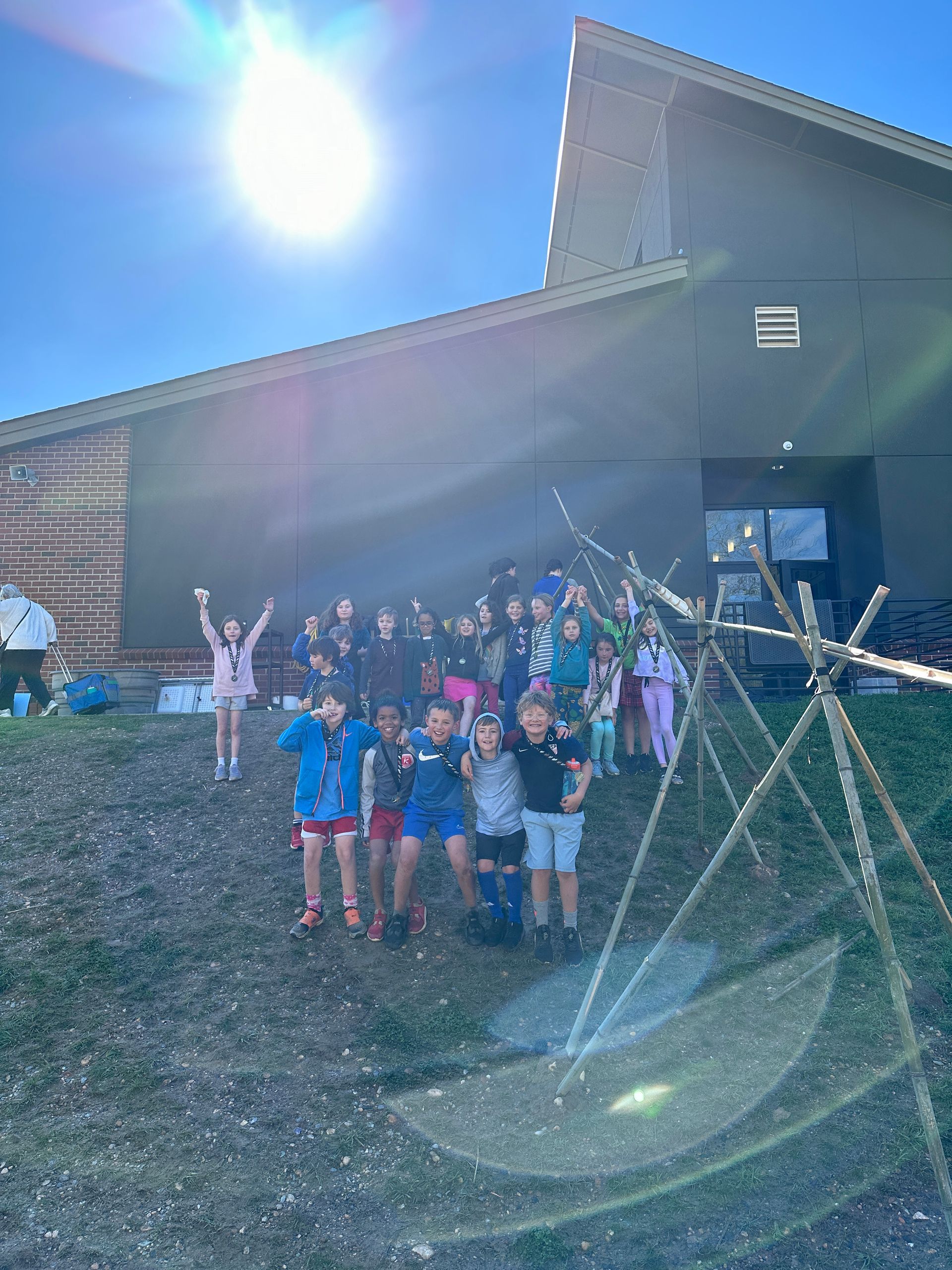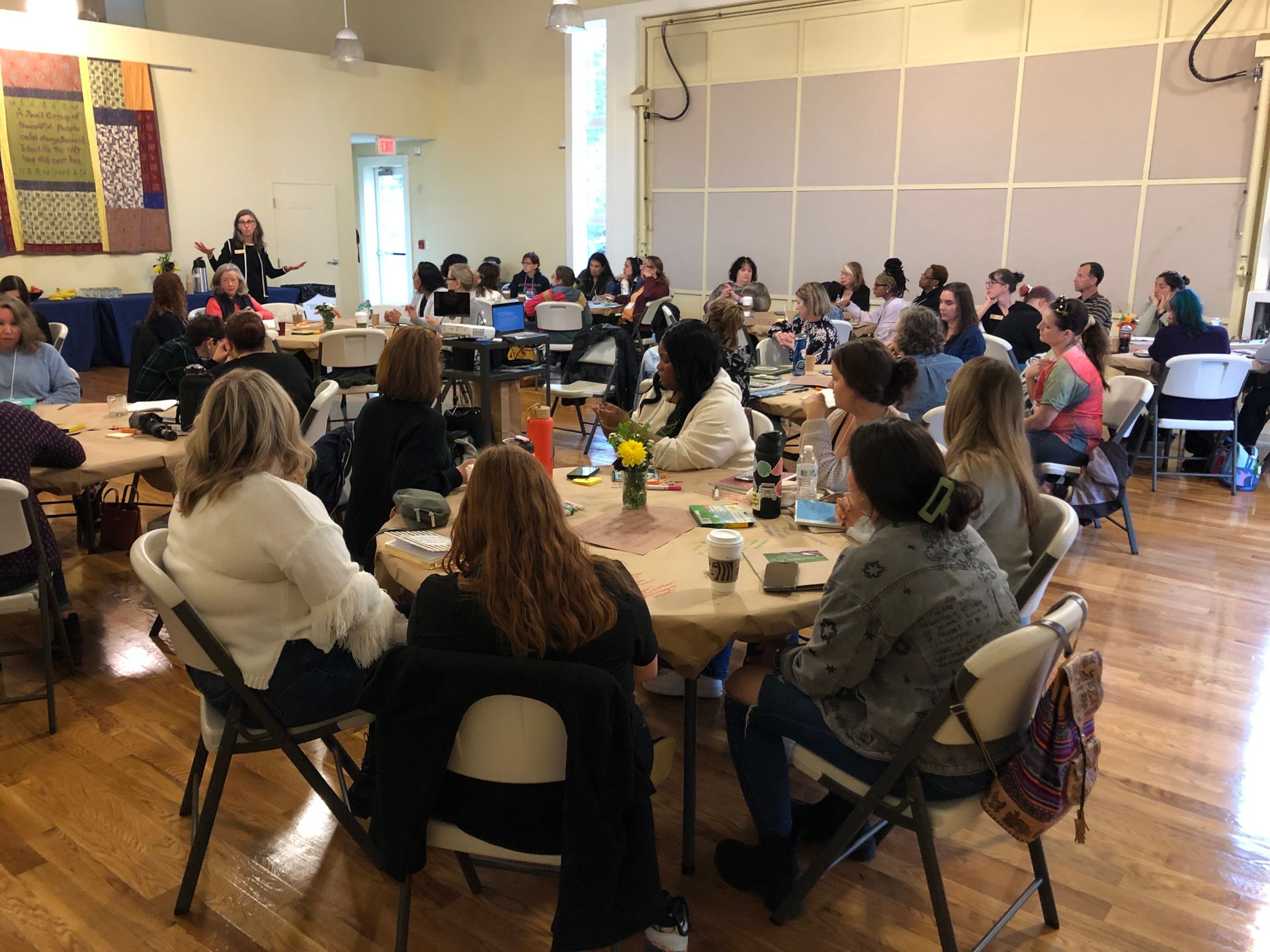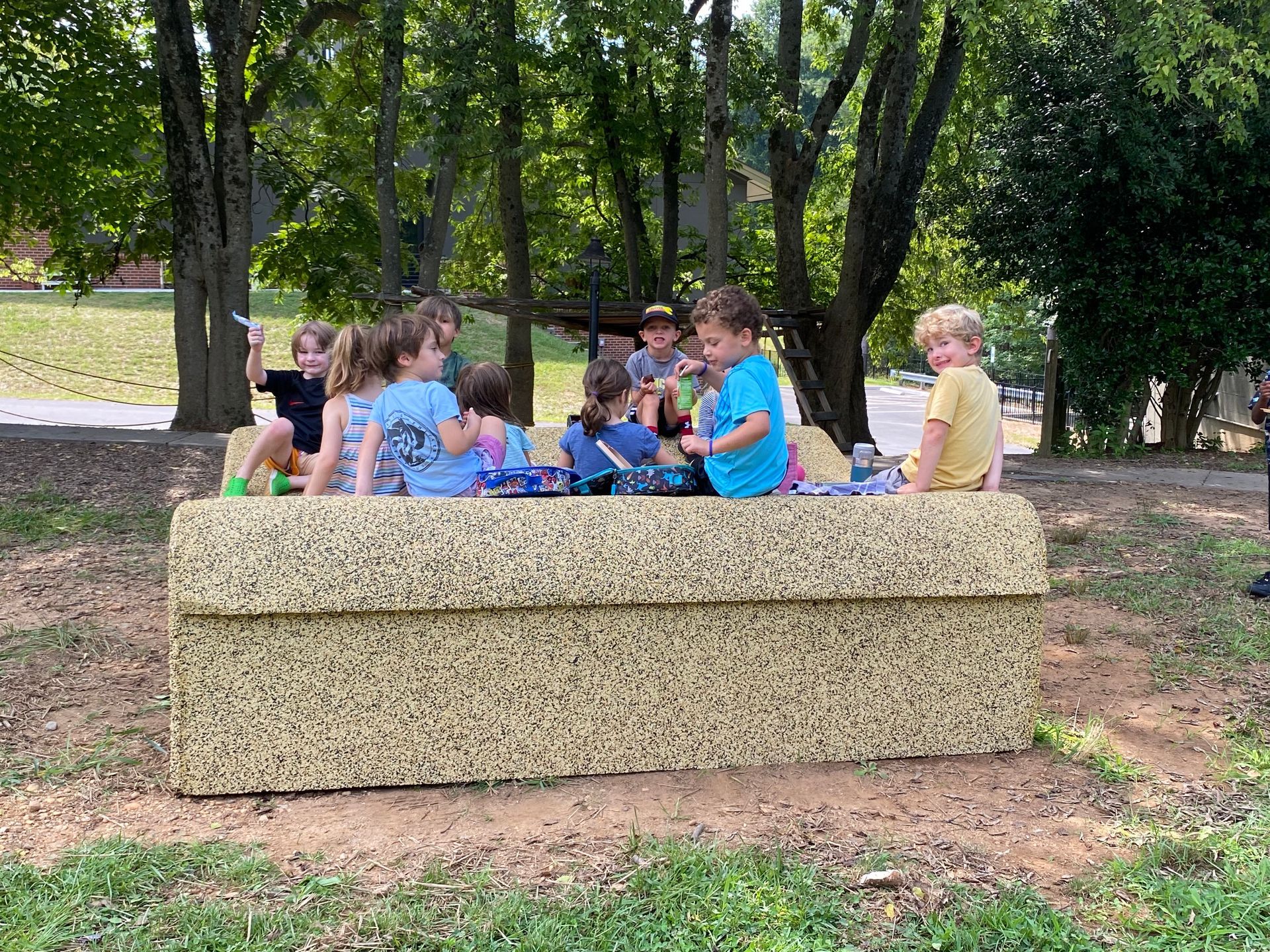Building Community as the Foundation for Middle School
by Kara Page, Middle School Teacher-Researcher
“Why do you spend a whole week orienting students to Middle School?” This is a question the faculty hear each year, and the answer is fundamental to our belief about the middle school years: community is imperative. One definition of community is, “ a feeling of fellowship with others, as a result of sharing common attitudes, interests, and goals”. During the middle school years, when isolation can be especially detrimental and connection is imperative to healthy development, community is not just something we give words to, but a concept that is fundamental to how we teach, learn, and live together in the Middle School.
We spend our first days of Middle School in sessions with mixed grades, learning about one another and establishing collective expectations of each other and our community. Students begin to build the culture of the classroom by discussing what they believe is important to a healthy community and safe environment. Inevitably, this includes an emphasis on collaboration and building on one another’s strengths. The faculty and staff model for the students our own collaboration during this week. Faculty members work together to orient students to the Middle School, pulling from their own areas of expertise and collaborating with colleagues for many sessions.

Perhaps the most bonding experience during orientation week is the Challenge Discovery course at the University of Richmond. We arrive early in the day and begin group-building activities then move on to working in smaller groups to solve physical problems and eventually ascend and complete the ropes course. During this time, we witness students push and support one another in ways that will be repeated throughout the year, albeit often in less palpable and physical ways. Some students are fearful, others are eager and masterful on the course. In order for the group to work together, the masterful student must slow down and support, and the hesitant student must reach out and trust.
Our experience at the ropes course begins to build the culture of inclusivity and collaboration that is essential for the Sabot Middle School experience. Students must turn to one another and not immediately to adults. They must rely on one another and each other’s unique set of skills to move through the entire course. It is nearly impossible to complete the course without the support and involvement of everyone on the team. In moving through the course, it is inevitable that students learn the strengths of each of their classmates.
Some of the words used to describe peers during the debrief session: brave, supportive, leader, quietly strong, collaborator, always a helper, problem solver, different thinker that could solve problems, mathematical, and kind. That is a lot to learn and understand about a small group of people over the course of a day!
There are sometimes tears, initially perhaps tears of fear and trepidation, but eventually of both joy and relief. Students learn to be vulnerable in front of others, as they have to do each time they present a different way of looking at a concept in the classroom or present to an audience of their peers. They are building resilience, trust, and confidence on the ropes course as they will also do in the classroom.

Challenge Discovery introduces the idea of working at the edge of your comfort zone, not to the point of panic, but they encourage everyone to push themselves a little farther than might seem natural. This is not unlike our classroom. We talk to students about the Zone of Proximal Development (ZPD). This is that place where you are challenged, not so much that you want to give up but enough to push you to that next level of understanding. This concept is a place where we believe all individuals are challenged and pushed to be the best human they can. Simply put, this is what we hope for all of our students… that they each have the support and community allowing for them to feel comfortable in their individual ZPD.
Orientation week is of fundamental importance in our work for the year. It’s about building a trusting, respectful community of learners to support our model of a collaborative but challenging learning environment. The time spent in cross-age groups both on campus and at Challenge Discovery helps us pave the way for the coming year’s work.
The post Building Community as the Foundation for Middle School appeared first on Sabot at Stony Point.
SHARE THIS POST
